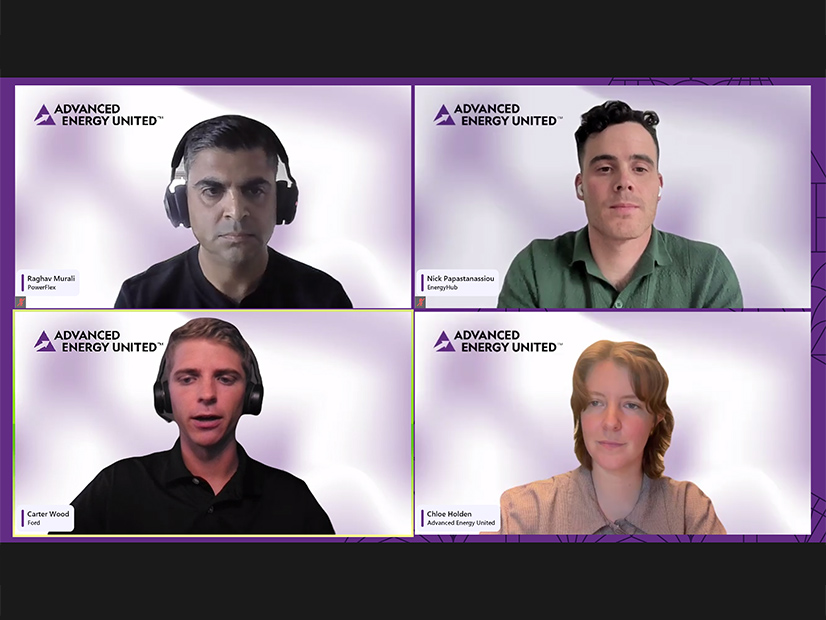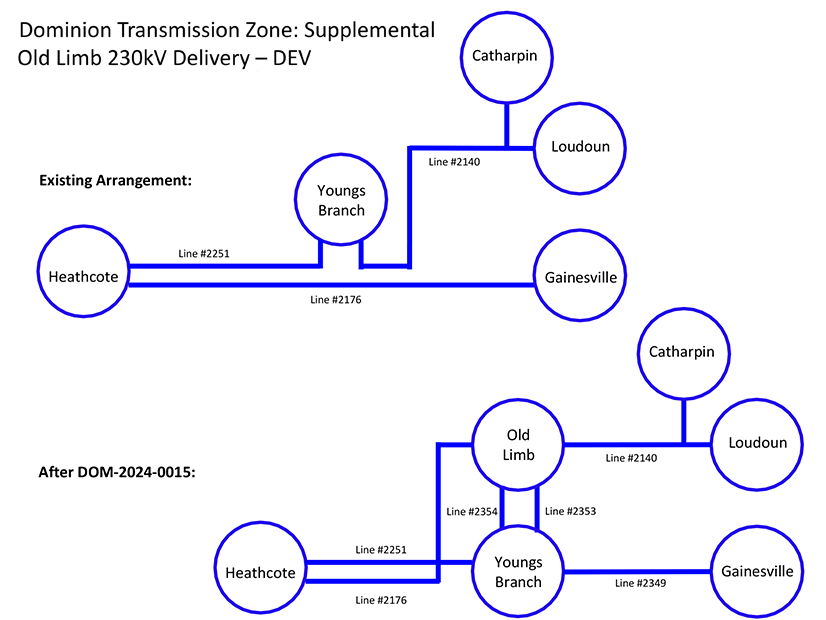Equity and community engagement have not been high priorities for the RTOs, ISOs, utilities and other organizations that have primary responsibility for planning the nation’s transmission system — a situation that historically has resulted in siting and permitting delays and, in some cases, yearslong litigation.
But the U.S. Department of Energy and Pacific Northwest National Laboratory (PNNL) want to change that narrative with a new initiative ― the Inclusive Transmission Planning (ITP) project ― which will provide technical assistance to grid planners seeking to integrate equity and community input into their projects up front, rather than as an add-on.
Speaking at a Sept. 17 webinar on the ITP, Emma Hibbard, a technical advisor in DOE’s Grid Deployment Office, laid out the rationale for the new program.
“Timely transmission deployment is essential to increase grid reliability and resilience and lower costs for consumers, as well as pave the way to a clean energy future, but often public acceptance of new transmission development can constrain [or] delay deployment,” Hibbard said. “There’s also an increasing awareness that positive outcomes for transmission development really hinge on ensuring positive and equitable outcomes for all, including disadvantaged and rural communities along transmission routes.”
Hibbard acknowledged that FERC, state regulators and many grid planners are working to improve transparency and public participation. But, she said, “there’s a need for more information and more support around energy equity and the relationship to transmission planning, and … new approaches to soliciting and integrating community input, in addition to what is already existing.”
The webinar provided an overview of the ITP program, which is offering two tracks of technical assistance — but no funding — for grid planning organizations.
“Tier 1 is really about education, outreach and capacity building,” said Paul Wetherbee, an advisor on regional energy system planning at PNNL. “We’re really talking about educating and building awareness of energy equity concepts” — for example, providing a presentation “describing the main pillars of energy equity and how they would fit into the transmission planning process, or how to think about that in terms of your existing transmission planning processes.”
In Tier 2, “we’re going to do a deep dive with the applicant into the pool and go into some of [the] details of other transmission planning processes and metrics,” Wetherbee said. Topics “might include developing quantitative energy equity metrics, putting that together with the existing data sets and working with the applicant to go through their current … transmission planning metrics” and cover energy equity measures.
Tier 2 could also look at how to integrate energy equity into cost allocation metrics and transmission economics, he said.
Both tracks will incorporate three components, said Jennifer Yoshimura, the principal investigator for the program at PNNL. A series of listening sessions will begin in October to gather input from a broad range of stakeholders “to understand opportunities for participation as well as barriers,” Yoshimura said. The listening sessions for transmission planners are scheduled for Oct. 1 and Oct. 16.
The ITP will also develop research and resource materials for the general public as well as grid planners “to increase inclusivity as well as equitable outcomes,” she said. The technical assistance component will focus on “capacity building for transmission planners to look at how to incorporate energy equity and justice objectives within their planning processes and paradigms.”
Applications for the program are now open, with a final deadline of Oct. 31, Wetherbee said. Applications will be reviewed in November, and program participants will be announced in December. Both tiers will kick off in January 2025 and run through November.
Eligibility is strictly limited to grid planning organizations, including RTOs, ISOs, utilities and power marketing administrations, such as the Bonneville Power Administration, but DOE and PNNL are looking for diverse participants for each tier, based on geography and equity issues, Wetherbee said.
Tribes often do not have dedicated grid planners, but DOE on Sept. 17 also announced a Tribal Nation Transmission Program, which will provide “educational resources, training and on-call assistance from technical experts and researchers from the National Renewable Energy Laboratory.”
‘We Didn’t Start with Equity’
The historic and ongoing challenges for new approaches to inclusive grid planning are complex, Yoshimura said in her opening remarks at the webinar.
Traditional industry metrics — such as the System Average Interruption Duration Index, or SAIDI — focus on “system averages that can hide vulnerabilities at the household level,” she said. “We see an increase of threats and vulnerabilities involved, whether individuals with ill intentions to harm substations or transmission lines [at risk from] increasing wildfires. …
“Within transmission planning processes, we have seen an emphasis and research focusing on integrated distribution planning, as well as energy transitions on the generation side,” she said. “But there are a lot of opportunities still needed to include equity and equity objectives within transmission planning” in ways that drill down to the granular, household level.
A question-and-answer session following the official presentation reflected some of the challenges ahead.
One participant asked if the ITP program would address ways to improve the National Environmental Policy Act process, the environmental reviews that can slow down and delay the siting and permitting of transmission projects.
Bethel Tarekegne, a PNNL research engineer, said whether the program would cover NEPA was still being discussed, while Yoshimura stressed that NEPA reviews are primarily part of siting and permitting processes, not planning. The Grid Deployment Office has other programs focused on siting and permitting, she said.
DOE and PNNL staff also were asked if they could provide any examples of transmission planning that resulted in equitable participation or outcomes, but none of them could.
“A lot of transmission today is really built around reliability, economics and public policy,” said Patrick Maloney, a power system engineer at PNNL. Lacking examples, he suggested that “allocation of costs might be thought of as a way to bring some equity into the transmission planning process.”
Yoshimura also came up empty on examples. “Our systems and institutions and policies, we didn’t start with equity, yet we’re trying to get to equitable outcomes,” she said. “And so, I think projects like this, listening sessions, case studies and how we learn from each other will help us move in the direction that we need.”

